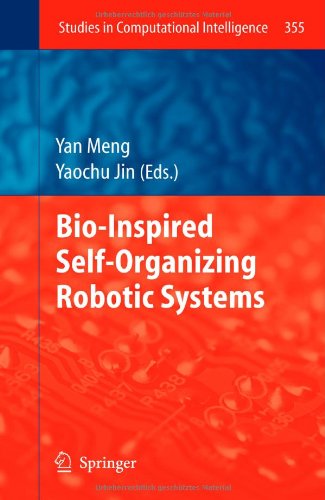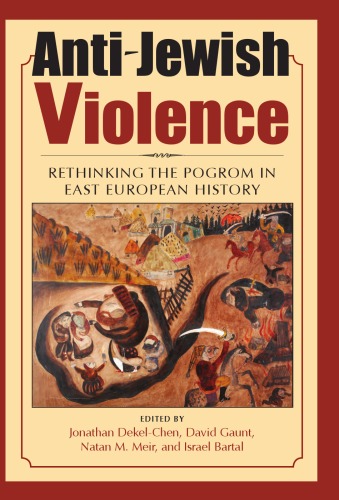- 2 402 202 книги
- Поиск
libcats.org










OpenGL ES 2.0 Programming Guide
Aaftab Munshi, Dan Ginsburg, Dave ShreinerOpenGL ES 2.0 is the industry’s leading software interface and graphics library for rendering sophisticated 3D graphics on handheld and embedded devices. With OpenGL ES 2.0, the full programmability of shaders is now available on small and portable devices—including cell phones, PDAs, consoles, appliances, and vehicles. However, OpenGL ES differs significantly from OpenGL. Graphics programmers and mobile developers have had very little information about it—until now.
In the OpenGL® ES 2.0 Programming Guide, three leading authorities on the Open GL ES 2.0 interface—including the specification’s editor—provide start-to-finish guidance for maximizing the interface’s value in a wide range of high-performance applications. The authors cover the entire API, including Khronos-ratified extensions. Using detailed C-based code examples, they demonstrate how to set up and program every aspect of the graphics pipeline. You’ll move from introductory techniques all the way to advanced per-pixel lighting, particle systems, and performance optimization.
Coverage includes:
- Shaders in depth: creating shader objects, compiling shaders, checking for compile errors, attaching shader objects to program objects, and linking final program objects
- The OpenGL ES Shading Language: variables, types, constructors, structures, arrays, attributes, uniforms, varyings, precision qualifiers, and invariance
- Inputting geometry into the graphics pipeline, and assembling geometry into primitives
- Vertex shaders, their special variables, and their use in per-vertex lighting, skinning, and other applications
- Using fragment shaders—including examples of multitexturing, fog, alpha test, and user clip planes
- Fragment operations: scissor test, stencil test, depth test, multisampling, blending, and dithering
- Advanced rendering: per-pixel lighting with normal maps, environment mapping, particle systems, image post-processing, and projective texturing
- Real-world programming challenges: platform diversity, C++ portability, OpenKODE, and platform-specific shader binaries
In the OpenGL® ES 2.0 Programming Guide, three leading authorities on the Open GL ES 2.0 interface—including the specification’s editor—provide start-to-finish guidance for maximizing the interface’s value in a wide range of high-performance applications. The authors cover the entire API, including Khronos-ratified extensions. Using detailed C-based code examples, they demonstrate how to set up and program every aspect of the graphics pipeline. You’ll move from introductory techniques all the way to advanced per-pixel lighting, particle systems, and performance optimization.
Coverage includes:
- Shaders in depth: creating shader objects, compiling shaders, checking for compile errors, attaching shader objects to program objects, and linking final program objects
- The OpenGL ES Shading Language: variables, types, constructors, structures, arrays, attributes, uniforms, varyings, precision qualifiers, and invariance
- Inputting geometry into the graphics pipeline, and assembling geometry into primitives
- Vertex shaders, their special variables, and their use in per-vertex lighting, skinning, and other applications
- Using fragment shaders—including examples of multitexturing, fog, alpha test, and user clip planes
- Fragment operations: scissor test, stencil test, depth test, multisampling, blending, and dithering
- Advanced rendering: per-pixel lighting with normal maps, environment mapping, particle systems, image post-processing, and projective texturing
- Real-world programming challenges: platform diversity, C++ portability, OpenKODE, and platform-specific shader binaries
EPUB | FB2 | MOBI | TXT | RTF
* Конвертация файла может нарушить форматирование оригинала. По-возможности скачивайте файл в оригинальном формате.
Популярные книги за неделю:

Проектирование и строительство. Дом, квартира, сад
Автор: Петер Нойферт, Автор: Людвиг Нефф
Размер книги: 20.83 Mb

Система упражнений по развитию способностей человека (Практическое пособие)
Автор: Петров Аркадий НаумовичКатегория: Путь к себе
Размер книги: 818 Kb

Сотворение мира (3-х томник)
Автор: Петров Аркадий НаумовичКатегория: Путь к себе
Размер книги: 817 Kb

Радиолюбительские схемы на ИС типа 555
Автор: Трейстер Р.Категория: Электротехника и связь
Размер книги: 13.64 Mb
Только что пользователи скачали эти книги:

Refining Regulatory Regimes: Utilities in Europe
Автор: David Coen, Автор: Adrienne HeritierКатегория: Economics
Размер книги: 1.62 Mb

Английский язык.Экспресс-курс для начинающих
Автор: Кэйт Трантер, Автор: Симоне Диас, Автор: Клаудиа Хайдигер
Размер книги: 7.58 Mb

The Jumble Sale (Oxford Reading Tree)
Автор: Roderick HuntКатегория: Образование
Размер книги: 611 Kb

Bio-Inspired Self-Organizing Robotic Systems
Автор: Yan Meng, Автор: Yaochu Jin
Размер книги: 9.60 Mb

Anti-Jewish Violence: Rethinking the Pogrom in East European History
Автор: Jonathan Dekel-Chen, Автор: David Gaunt, Автор: Natan M. Meir, Автор: Israel Bartal (Editors)
Размер книги: 2.52 Mb

Contemporary Debates in Cognitive Science (Contemporary Debates in Philosophy)
Автор: Robert J. Stainton
Размер книги: 3.13 Mb





